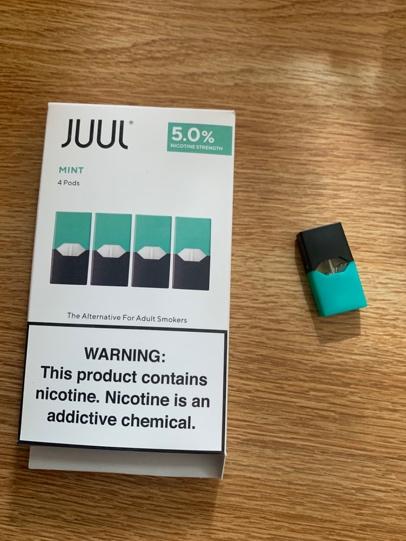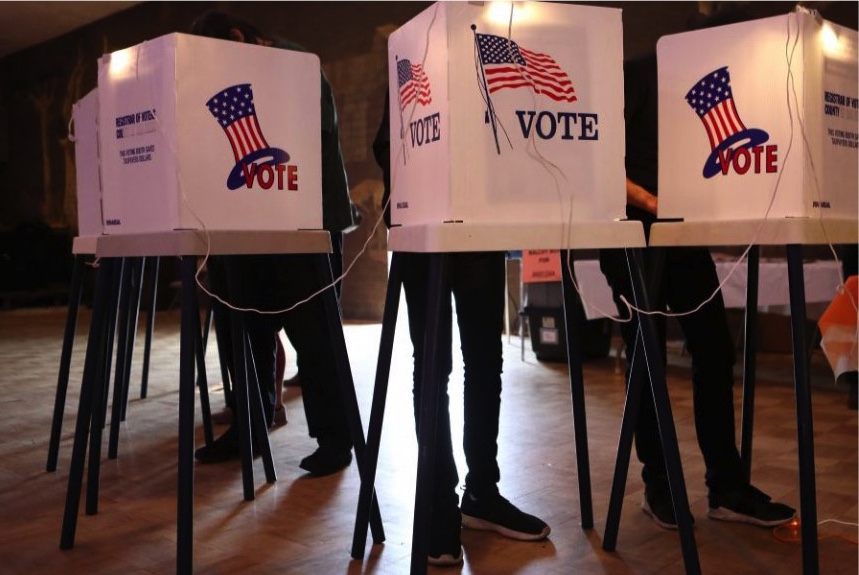It’s a late night as students sleepily shuffle outside of Collins to wait for the fire department to arrive. The obvious question of who set off the alarm floats through the air. The answer ends up being not who, but what.
A JUUL.
“My JUUL became addictive once I started using it,” sophomore Sammy Herzog said. “I’ve been trying to quit since school started this year and it has been extremely difficult.”
Many students at Wake Forest own vape products and can often be seen using them at tailgates, parties, in dorms, on their way to class and even during it. Over the past few years, there has been a large degree of concern from adults about the rapid rise of e-cigarette use among teenagers and young adults.
The recent illnesses have raised alarm for the government and public health officials about whether vaping is a safer way to get nicotine than smoking cigarettes.
According to The New York Times, there have been nearly 1,300 cases across the country of people being sickened by a severe lung illness linked to vaping, and 26 deaths have been confirmed. E-cigarettes and other vaping devices were developed to help cigarette smokers quit their dangerous habit by providing a way to satisfy their nicotine addiction without inhaling the toxins the come from burning tobacco.
“Obviously the safest thing is not to do either,” said Peter Rives, assistant director of wellbeing. “Vaping has been a health concern here at Wake Forest ever since students started coming into my office with an addiction to nicotine.”
According to the American College Health Association, e-cigarettes work by heating a liquid that may contain nicotine, tetrahydrocannabinol (THC) and cannabinoid (CBD) oils, or other substances, to produce an aerosol that users inhale into their lungs.
Steven Heffner, who works in Student Health Services, has seen patients come in concerned about their JUUL use and its side effects.
“Students use JUULs because they are easy to hide and a quick source of nicotine,” Heffner said. “Wake Forest has a smoke-free policy that prohibits smoking in buildings, but they, like many other institutions, are having to play catch-up on the vaping epidemic.”
Texas A&M University recently announced a ban on vaping for “every inch” of their campus, and other colleges are considering taking similar measures. Wake Forest students largely feel that a ban on vaping would not accomplish much and many people would still do it anyway.
A better alternative would be for schools to educate students about the potential health risks of using vape products.
“I have friends who vape all the time, and they are not worried at all about how it may affect their health,” sophomore Sean Eskra said.
“My biggest concern, health-wise, for students besides nicotine addiction, is the disease transmission that comes from the sharing of these devices,” Rives said. “When you have multiple people putting their mouths on the same JUUL, it becomes a really significant health problem.”
Many young people began vaping because it was the “cool” thing to do at the time, and others thought it would help them fit in. Freshman Allie Pokol said she used a JUUL because her friends and others she was with were doing it.
“The environment and the people you are around have a big influence on whether or not you’ll view vaping as good or bad,” Pokol said.
Some students have continued the trend of vaping, drawn in by the flavors, buzz from the nicotine and oral fixation. Others have thrown away their devices because they felt it was negatively affecting their lives. A common belief among students, whether they vape or not, is that nicotine addiction is not a joke and should be taken very seriously.
“As college students, it’s legal for us to vape since we are all over 18,” Herzog said, “but I think we still have to take responsibility for what we choose to put into our bodies.”














